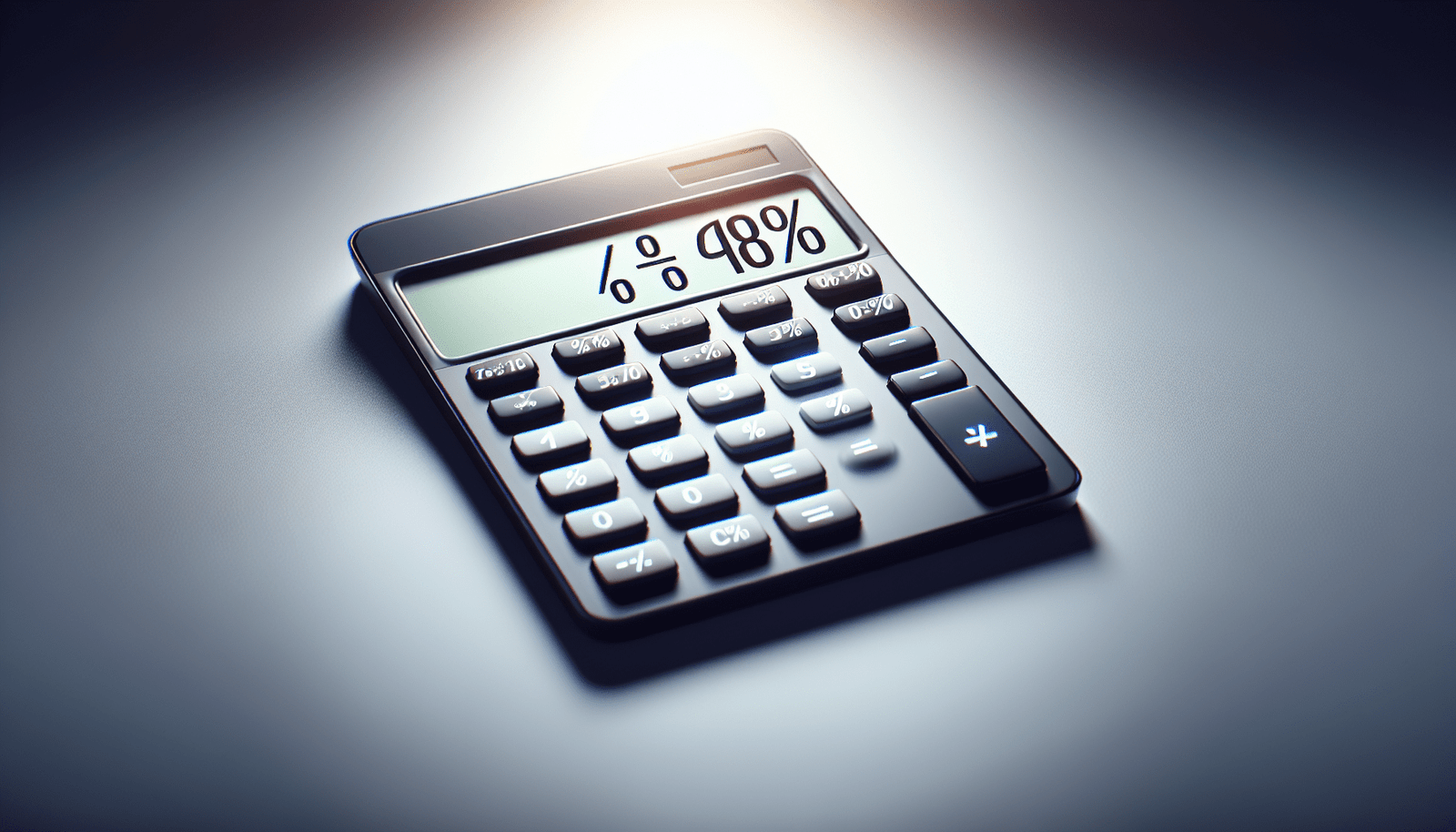Have you ever been in a situation where you needed to compare two numbers but weren’t sure how to express the difference between them accurately? Understanding how much two numbers vary from each other can be essential in everyday life, whether you’re dealing with prices, statistics, or simple calculations. That’s where a percentage difference calculator comes into play.
 Percentage Difference Calculator
Percentage Difference Calculator
Percentage Difference Calculator for Accurate Math Solutions
We often encounter situations where comparing the significance of two numbers is crucial. Whether you are working with financial data, comparing statistics, or dealing with day-to-day numbers, calculating the percentage difference can provide clear insights. This article will cover everything you need to know about the percentage difference calculator and how to use it accurately.
Directions for Use
Using a percentage difference calculator is straightforward. To determine the percentage difference between two numbers, simply enter the known values into the fields labeled “Value 1” (V₁) and “Value 2” (V₂). Once both numbers are entered, press the “Calculate” button. Remember, you can only enter positive integers or decimal numbers.
What is Percentage Difference?
The percentage difference is a way to quantify the difference between two numbers when they hold equal worth. This metric is useful for comparisons where there isn’t a clear reference point. Unlike percentage change, which requires an old value and a new value, the percentage difference uses the average of the two numbers as the reference point.
The Difference Between Percentage Difference and Percentage Change
It’s common to mix up percentage difference with percentage change, but they serve distinct purposes. Percentage change is used when comparing an old value with a new value, where the old value serves as a baseline. In contrast, the percentage difference is used to compare two values of equal importance without a baseline.
Here’s a more precise explanation using their respective formulas:
Percentage Change Formula [ \text = \left( \frac{|\text – \text|}{\text} \right) \times 100 ]
Percentage Difference Formula [ \text = \left( \frac{|V_1 – V_2|}{\frac{(V_1 + V_2)}} \right) \times 100 ]
Formula for Percentage Difference
Let’s delve deeper into the formula to understand its components: [ \text = \left( \frac{|V_1 – V_2|}{\frac{(V_1 + V_2)}} \right) \times 100 ]
- V₁ and V₂: These are the two values you’re comparing.
- |V₁ – V₂|: This denotes the absolute difference between the two values.
- (V₁ + V₂)/2: This is the average of the two values.
The formula essentially provides a measure of how much one number is different from the other compared to their average.
Example Calculation
Let’s illustrate the concept with an example. Suppose you want to find the percentage difference between 6 and 9.
Using the formula: [ \text = \left( \frac{|6 – 9|}{\frac} \right) \times 100 ]
Step-by-step: [ \text = \left( \frac{|-3|}{\frac} \right) \times 100 ]
[ = \left( \frac \right) \times 100 ]
[ = 0.4 \times 100 ]
[ = 40% ]
So, the percentage difference between 6 and 9 is 40%.
Why Can the Percentage Difference Be Confusing?
While the percentage difference is a powerful tool, it can be misleading in certain scenarios. Particularly, when comparing values of significantly different magnitudes, the result may not adequately represent the actual difference. For instance, let’s see how the calculation varies with larger numbers:
Comparing 6 and 90:
[ \text = \left( \frac{|6 – 90|}{\frac} \right) \times 100 ]
[ = \left( \frac \right) \times 100 ]
[ = 175% ]
Comparing 6 and 900:
[ \text = \left( \frac{|6 – 900|}{\frac} \right) \times 100 ]
[ = \left( \frac \right) \times 100 ]
[ \approx 197.35% ]
Comparing 6 and 9000:
[ \text = \left( \frac{|6 – 9000|}{\frac} \right) \times 100 ]
[ = \left( \frac \right) \times 100 ]
[ \approx 199.73% ]
As you can see, even though the absolute differences are growing exponentially, the percentage difference plateaus. This occurs because, in such scenarios, the relative comparison to the average diminishes, making the percentage difference less intuitive.
Practical Example
Let’s consider a real-world example where you check the price of a pair of sneakers in two shops:
- Shop 1 Price (V₁): $110
- Shop 2 Price (V₂): $120
Using the formula: [ \text = \left( \frac{|110 – 120|}{\frac} \right) \times 100 ] [ = \left( \frac \right) \times 100 ] [ \approx 8.7% ]
This calculation shows that the price difference between the two shops is approximately 8.7%.
Related Calculators
To further enhance your calculations and comparisons, several other percentage-based calculators can be helpful:
- Percentage Calculator: For general percentage computations.
- Percentage Increase Calculator: To determine the increase in percentage between two values.
- Percentage Change Calculator: For calculating the change from an old value to a new value.
- Percentage Decrease Calculator: To find the decrease in percentage between two values.
Each of these tools can provide added insights depending on your specific needs.
Conclusion
Understanding and calculating the percentage difference is essential for accurate and meaningful comparisons between two numbers. Whether you’re comparing prices, statistics, or other numerical data, the percentage difference provides a clear and consistent measurement. However, always be cautious when comparing values of differing magnitudes, as the results can sometimes be misleading.
Utilizing calculators like the percentage difference calculator can simplify your tasks and ensure accuracy in your results. So next time you find yourself needing to compare two values, you know exactly how to do it seamlessly and accurately.
